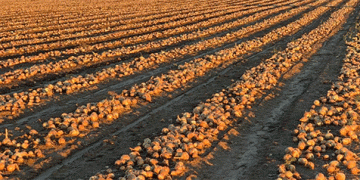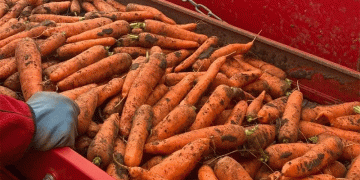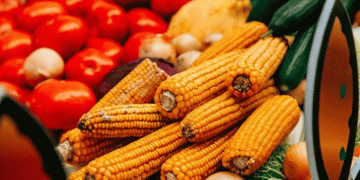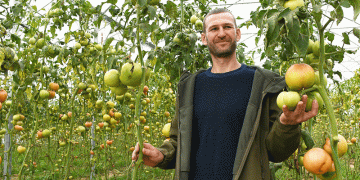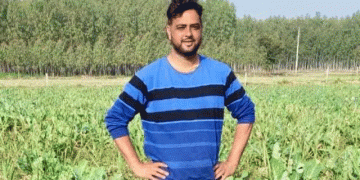In the Amur region, the Shelikhan family’s farm, “Pchela,” has become a local pioneer in commercial onion production. This year, they successfully harvested 47 tons of onions from a 2-hectare plot, resulting in a higher yield per hectare than the previous season. This success was hard-won, achieved despite a planting area reduced from four to two hectares due to a rain-delayed spring. The decision to scale back proved prescient, allowing them to manage the compressed harvest window for both onions and their soybean crop.
The farm’s strategy hinges on two critical pillars: controlled irrigation and relentless adaptability. The onions require substantial water, with farmer Yuri Shelikhan specifying a need for up to 100 tons of water per hectare per irrigation cycle, a demand met by a reliable on-site well. When incessant autumn rains threatened the harvest, the family worked around the clock, “catching fine days” and operating machinery from dawn till dusk to lift the crop before the frost. The harvested onions, which ideally need 10 days of field-drying in windrows, had to be moved to storage after just four days to avoid further rain damage.
Post-harvest management is their key to capturing value. The entire 47-ton harvest is now in a specialized storage facility equipped with active ventilation, a crucial step for curing the onions and preparing them for a market that is already eager. The farm’s “Agrodom” brand, established over four years, has built a strong reputation, creating such high demand that they now operate on a pre-order system. This direct-to-consumer and institutional model (supplying schools and kindergartens) ensures they sell their entire crop, often before the New Year, without relying solely on volatile wholesale channels.
The Shelikhan family’s operation demonstrates that high-value crop success in challenging climates is less about brute force and more about intelligent flexibility. Their formula combines a deep understanding of the crop’s water needs, a willingness to adapt planting plans to weather realities, and a sharp focus on building a branded, direct market that de-risks sales. For farmers everywhere, it’s a powerful reminder that profitability often lies in mastering the entire chain—from anticipating the weather to cultivating a loyal customer base—turning agricultural challenges into market opportunities.
